Graphics Reference
In-Depth Information
D.3.4. Theorem.
Let x
0
Œ
X
and let c
0
, c
1
,..., c
n-1
be arbitrary real numbers. There
is a unique function y(x) defined on
X
with continuous derivatives up to order n that
satisfies Equation (D.8) and the conditions
(
)
()
=
¢
()
=
n
-
1
()
=
yx
c y x
,
c
,...,
y
x
c
.
0
0
0
1
0
n
-
1
Proof.
See [CodL55].
D.4
The Lebesgue Integral
The Riemann integral is quite adequate for most tasks. Certainly, for all the functions
dealt with explicitly in this topic and the functions the reader might think about, the
reader will not be wrong if he/she treat their integrals as Riemann integrals. This inte-
gral does has some drawbacks however that another integral called the Lebesgue inte-
gral does not have. The Lebesgue integral is more general and is better for some
mathematical topics for technical reasons because one gets nicer and more complete
results. Fortunately, the two integrals agree on most of the functions that are of prac-
tical interest. Nevertheless, there are some differences, in particular when one is inte-
grating over unbounded intervals.
The specific reason for bringing up the Lebesgue integral in this topic is its con-
nection with the mathematics behind understanding the aliasing problem in computer
graphics. See [AgoM05]. This problem is one of the first problems that one encoun-
ters in computer graphics and is caused by the fact that one is trying to display con-
tinuous objects in a discrete way. Alleviating this problem involves understanding
some fairly fancy mathematics such as Fourier series and Fourier transforms. See
Chapter 21 of [AgoM05]. It turns out that the Lebesgue integral would make it easier
and clearer to state some of the definitions and theorems in that chapter carefully and
correctly. It is a natural integral to use in the area of signal processing and the reader
may see references to it in the context of digital image processing.
We cannot give the definition of the Lebesgue integral here because that would
entail the discussion of yet another topic called measure theory. Instead we refer the
interested reader to textbooks which cover this subject such as [Berb66], [Nata61],
and [Spie69]. This is the one case in this topic where a term is used without giving
its definition. Our only goal is state a few facts that will at least show the reader the
close relationship between Riemann and Lebesgue integration for functions of one
variable. Similar results hold for integrals of functions of more variables.
D.4.1. Theorem.
Let f : [a,b] Æ
R
.
(1) If f is Riemann integrable, then it is Lebesgue integrable.
(2) If f is Lebesgue integrable, then |f| is Lebesgue integrable. (This is not true for
the Riemann integral because there are functions f with the property that f is
Riemann integrable but |f| is not.)
(3) If |f| if Riemann integrable, then f is both Riemann and Lebesgue integrable
and both integrals are equal.

